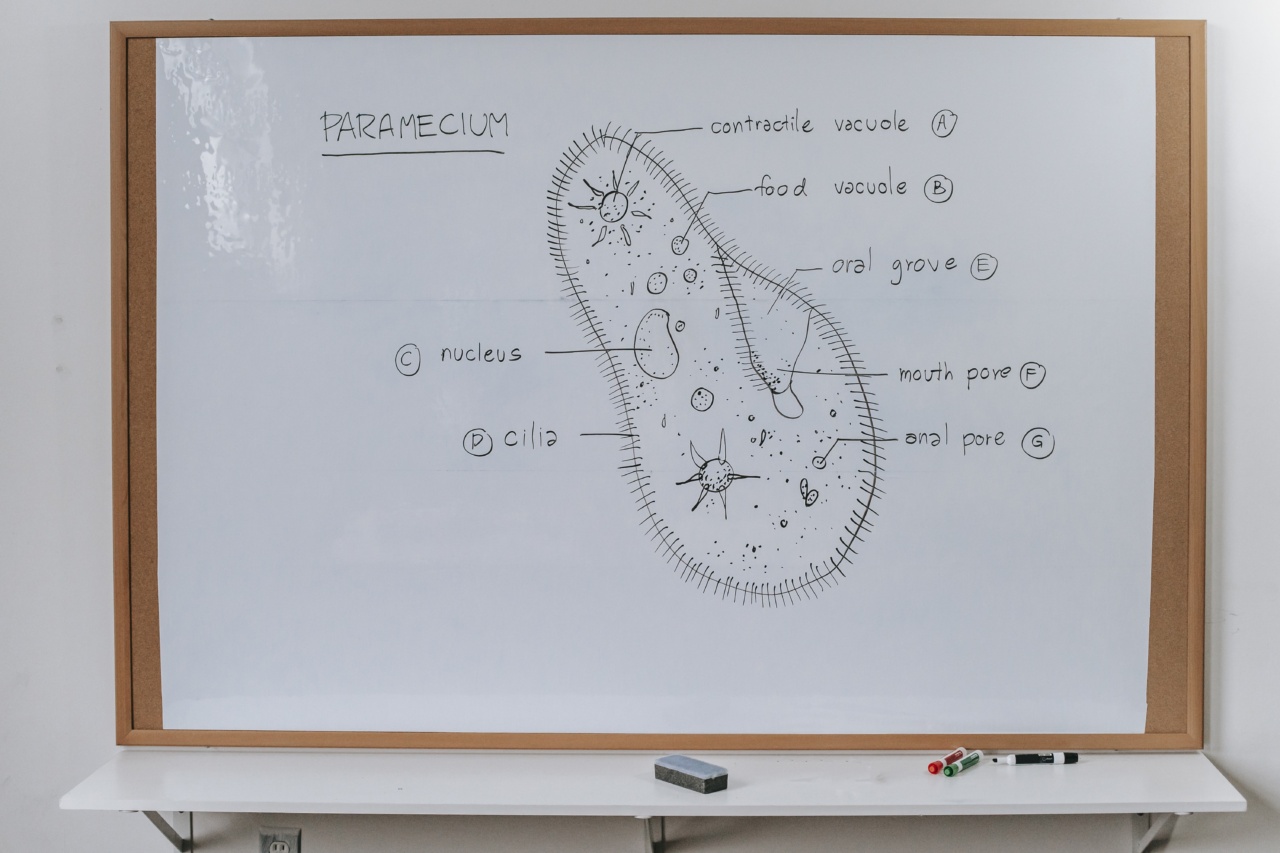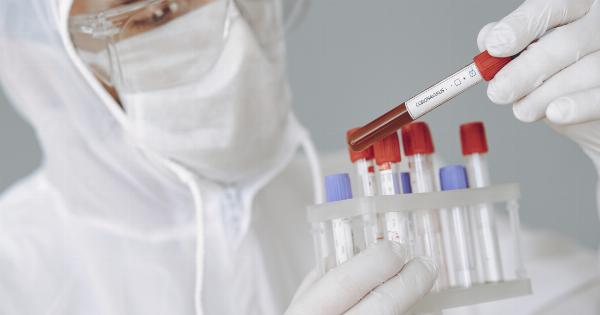Biological warfare is among the most challenging threats that we confront nowadays.
Weaponized viruses can be deployed to cause harm to populations and lead to pandemics that can spread across countries, causing chaos and undermining the stability of regions. The Mayorkinis and Dimopoulos mutations are among the most feared viruses in the world, as they are highly contagious and lethal. In this article, we will investigate the mutations in weaponized viruses.
The Mayorkinis Mutation
The Mayorkinis virus is a relatively new type of weaponized virus that has been engineered to be difficult to detect and treat. It is highly contagious and can spread quickly through contact with an infected person or surface.
Symptoms of the Mayorkinis mutation include high fever, cough, congestion, sore throat, and body aches, which can last for up to two weeks.
The Mayorkinis virus was first discovered in 2015 and has since been the subject of intense research. Scientists have been working to understand the virus’s structure and how it spreads in order to develop better treatments and vaccines.
The Dimopoulos Mutation
The Dimopoulos mutation is a weaponized virus that is highly lethal and can cause widespread panic. It is easily transmitted through the air and can spread rapidly through a population.
Symptoms of the Dimopoulos mutation include high fever, severe coughing, and difficulty breathing, which can lead to death within a week of infection.
The Dimopoulos mutation has been a major concern for global health authorities due to its potential to cause a pandemic. Scientists have been working to develop a vaccine that is effective against the virus, but so far, progress has been slow.
Investigating Mutations in Weaponized Viruses
Scientists around the world are studying the mutations in weaponized viruses like the Mayorkinis and Dimopoulos mutations. These studies seek to understand how the viruses work and how they can be stopped.
The research is critical in developing effective treatments and vaccines that can protect populations from the threat of weaponized viruses.
How Mutations Occur
Mutations in viruses occur when the virus’s genetic material changes. This can happen when the virus replicates itself incorrectly, or when it comes into contact with other viruses or chemicals that alter its genetic makeup.
Some mutations can be beneficial for the virus, allowing it to spread more easily and resist treatment. Other mutations can weaken the virus, making it less potent and easier to treat.
Studying Mutations in the Lab
Scientists can study mutations in viruses in the lab by manipulating the virus’s genetic material and observing the effects. They can also study mutations in the wild by analyzing samples from patients infected with the virus.
Laboratory studies help scientists understand how the virus works and how it can be treated. They also help scientists develop new treatments and vaccines that can protect against the virus’s effects.
Protecting Against Weaponized Viruses
Protecting against weaponized viruses requires a multi-pronged approach. Health authorities must be vigilant in monitoring for outbreaks and responding quickly to contain the virus’s spread.
Scientists must continue to research the mutations in weaponized viruses and develop effective treatments and vaccines. The public must also be educated about the risks of weaponized viruses and how to protect themselves.
The Future of Weaponized Virus Research
The future of weaponized virus research is promising, with new technologies and techniques emerging to help scientists understand how viruses work and how they can be treated.
Advances in genetic engineering have opened new avenues for developing treatments and vaccines that target specific mutations in viruses.
However, the threat of weaponized viruses remains real, and health authorities must remain vigilant in monitoring for outbreaks and responding quickly to contain the virus’s spread.
Continued research is critical to protecting against the threat of weaponized viruses and ensuring the safety of populations around the world.































